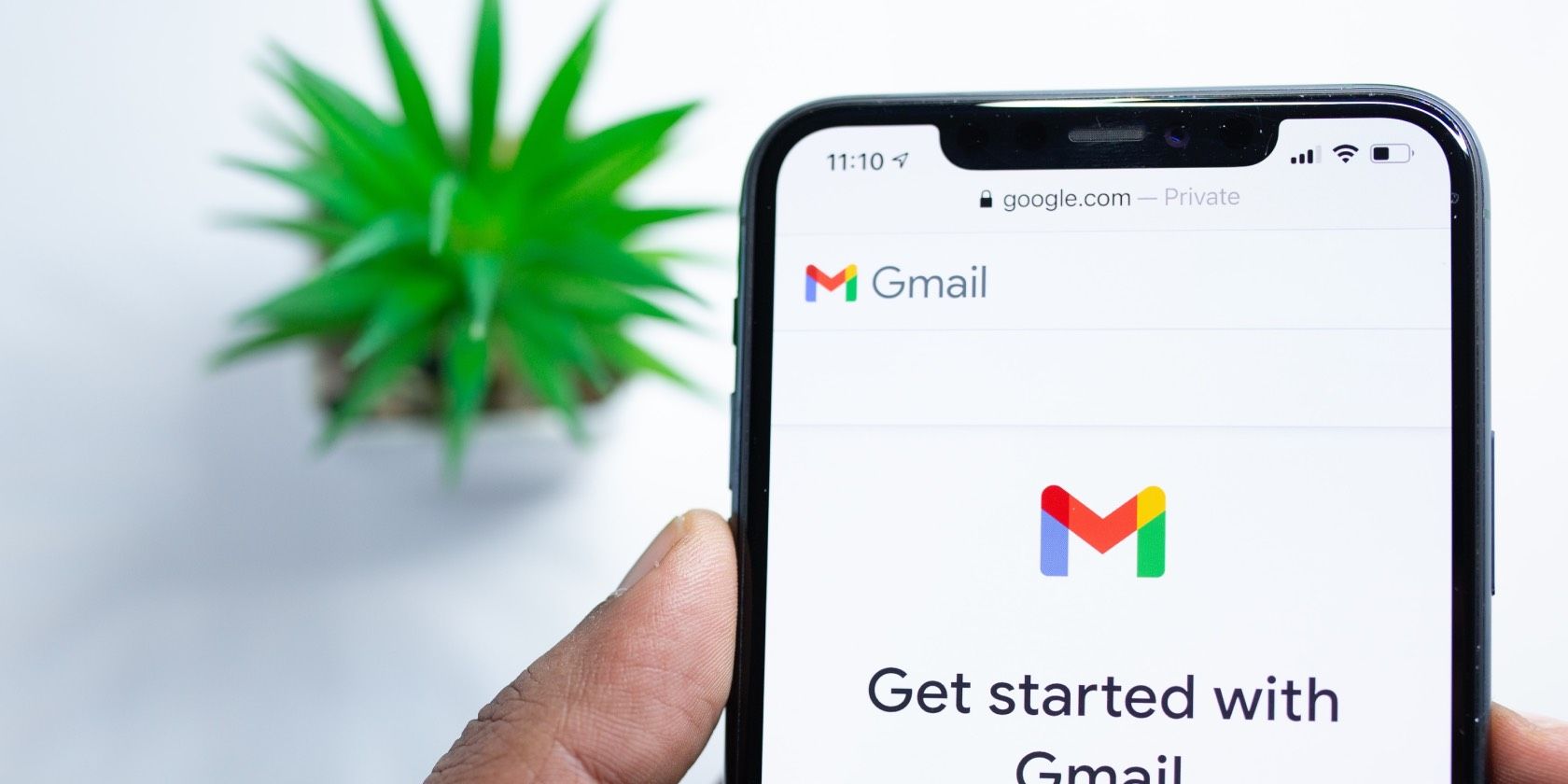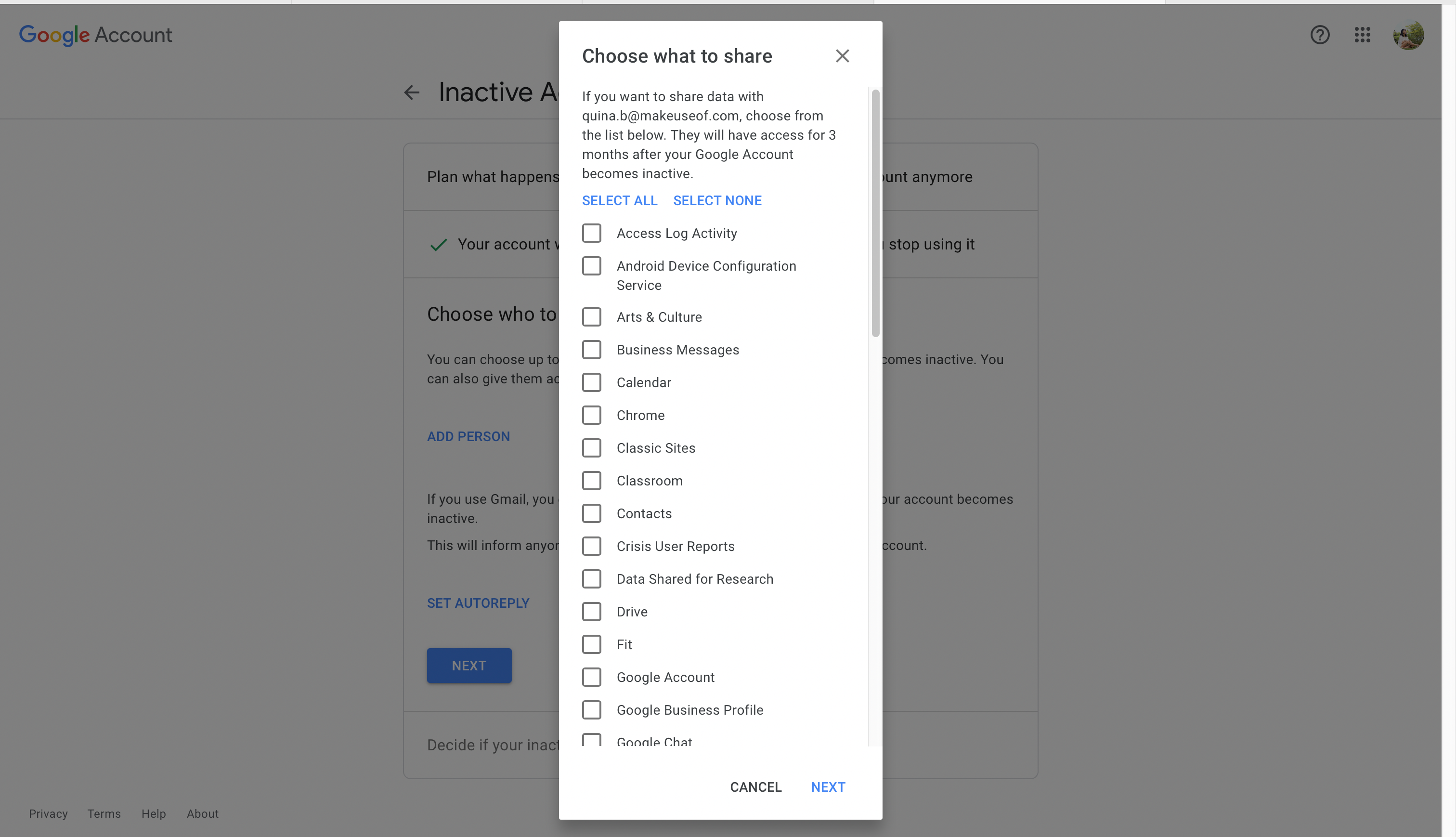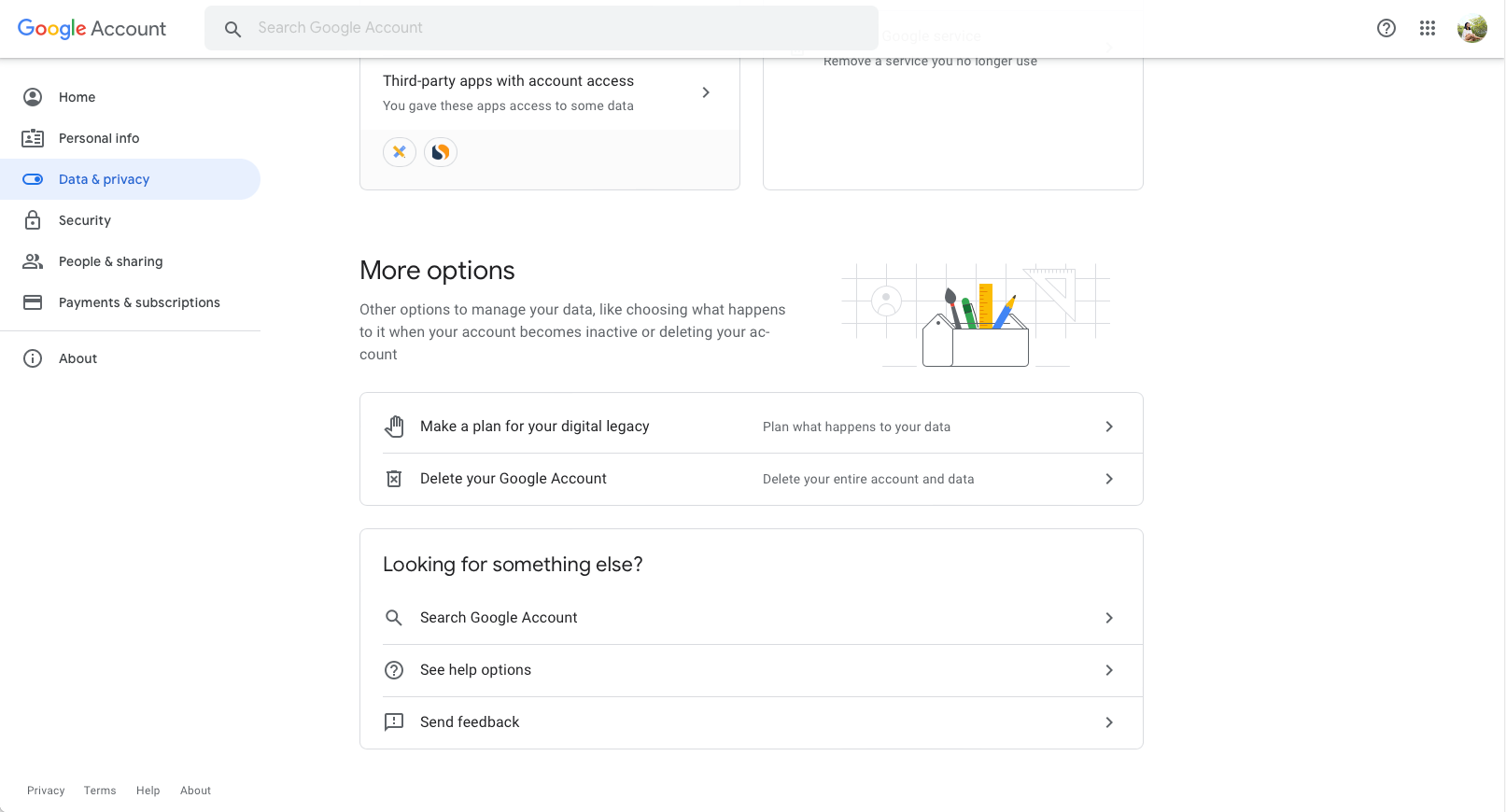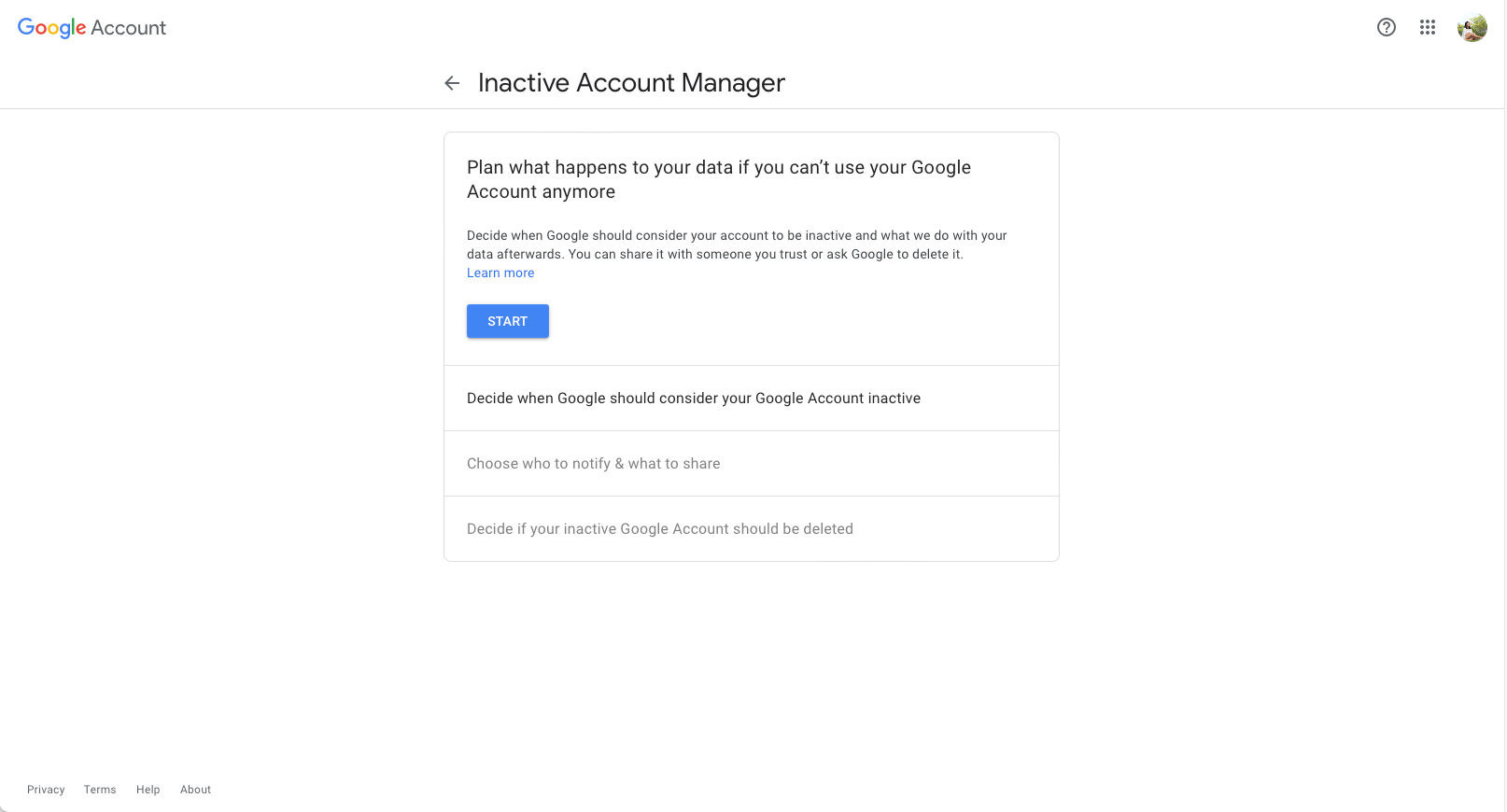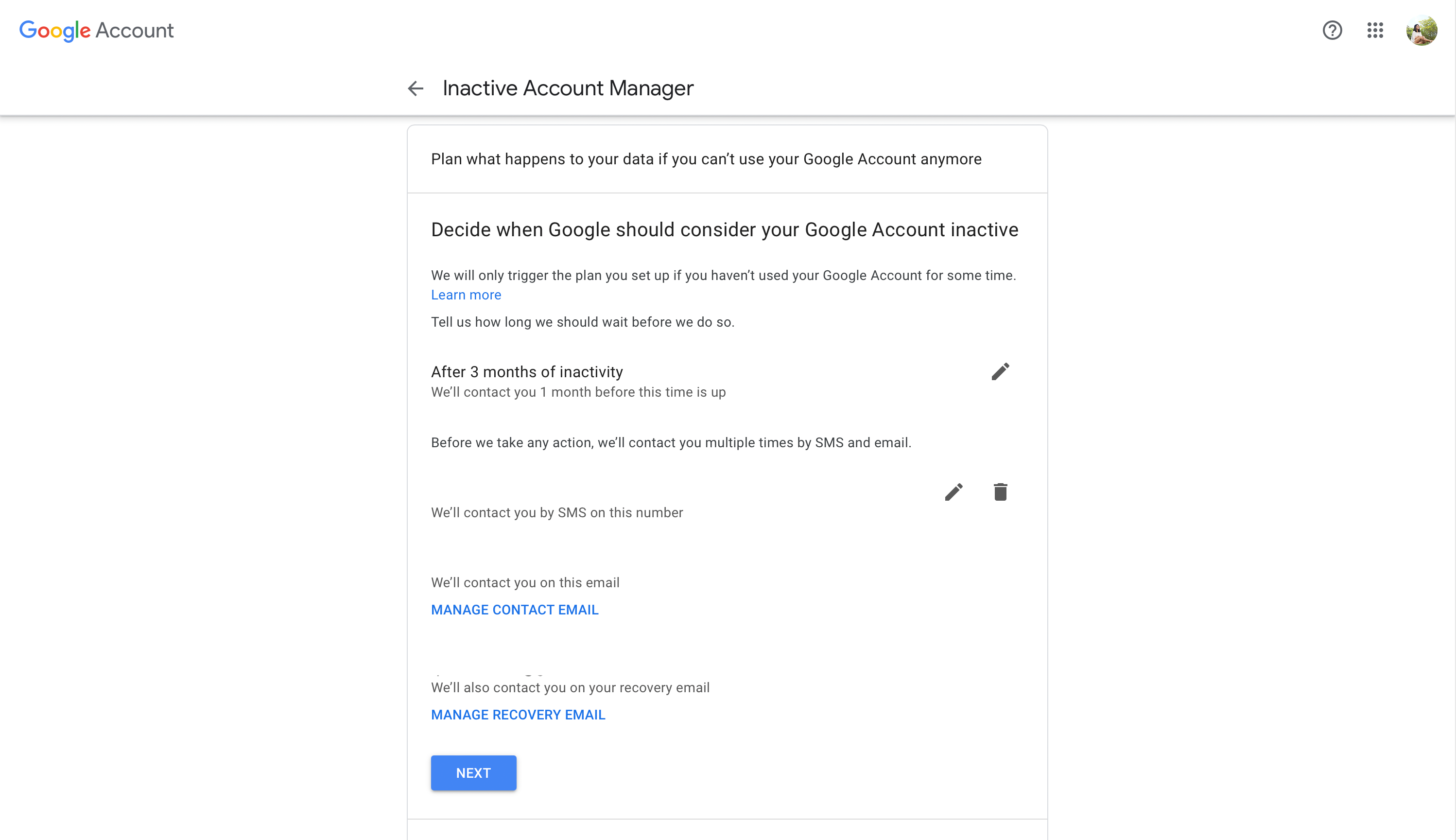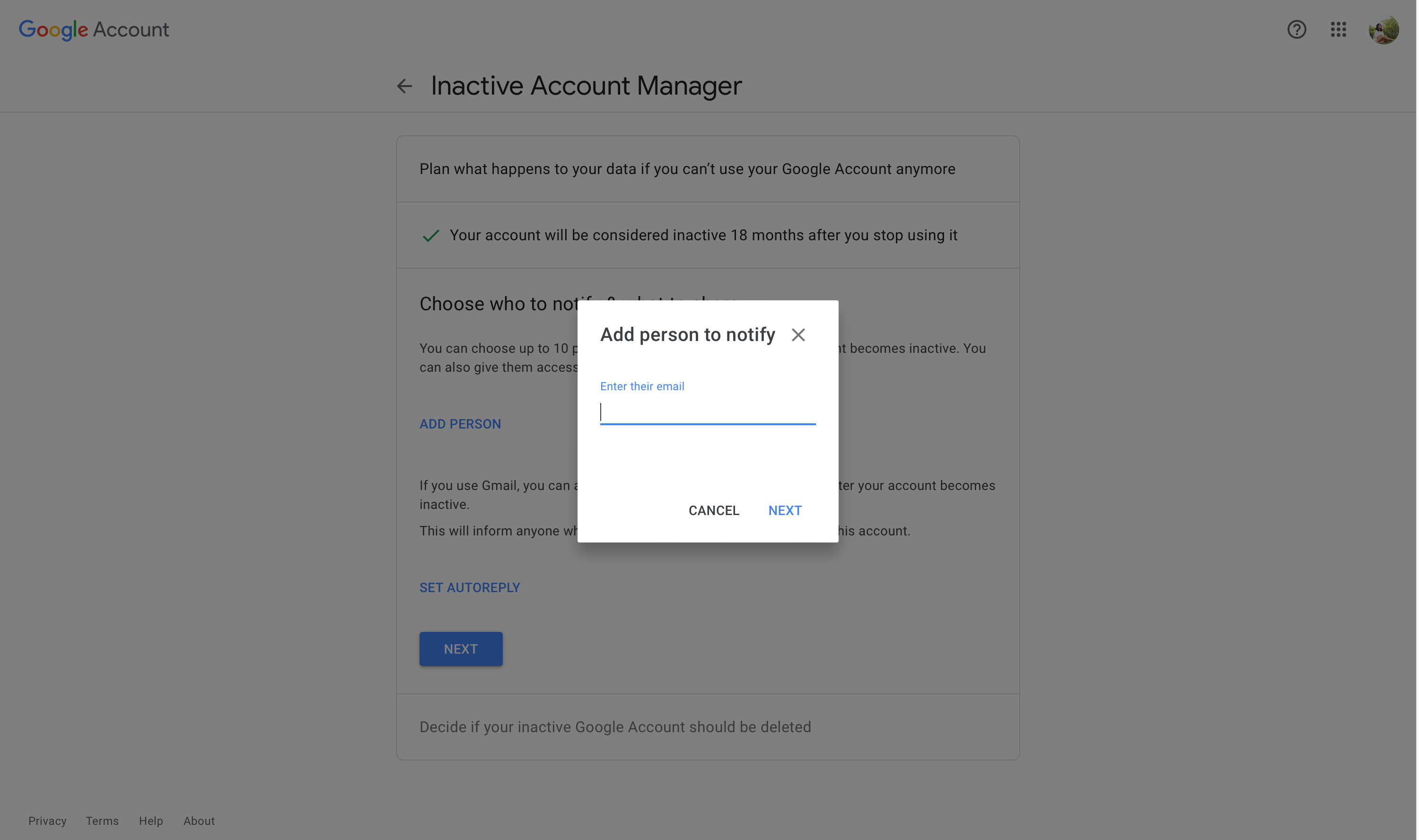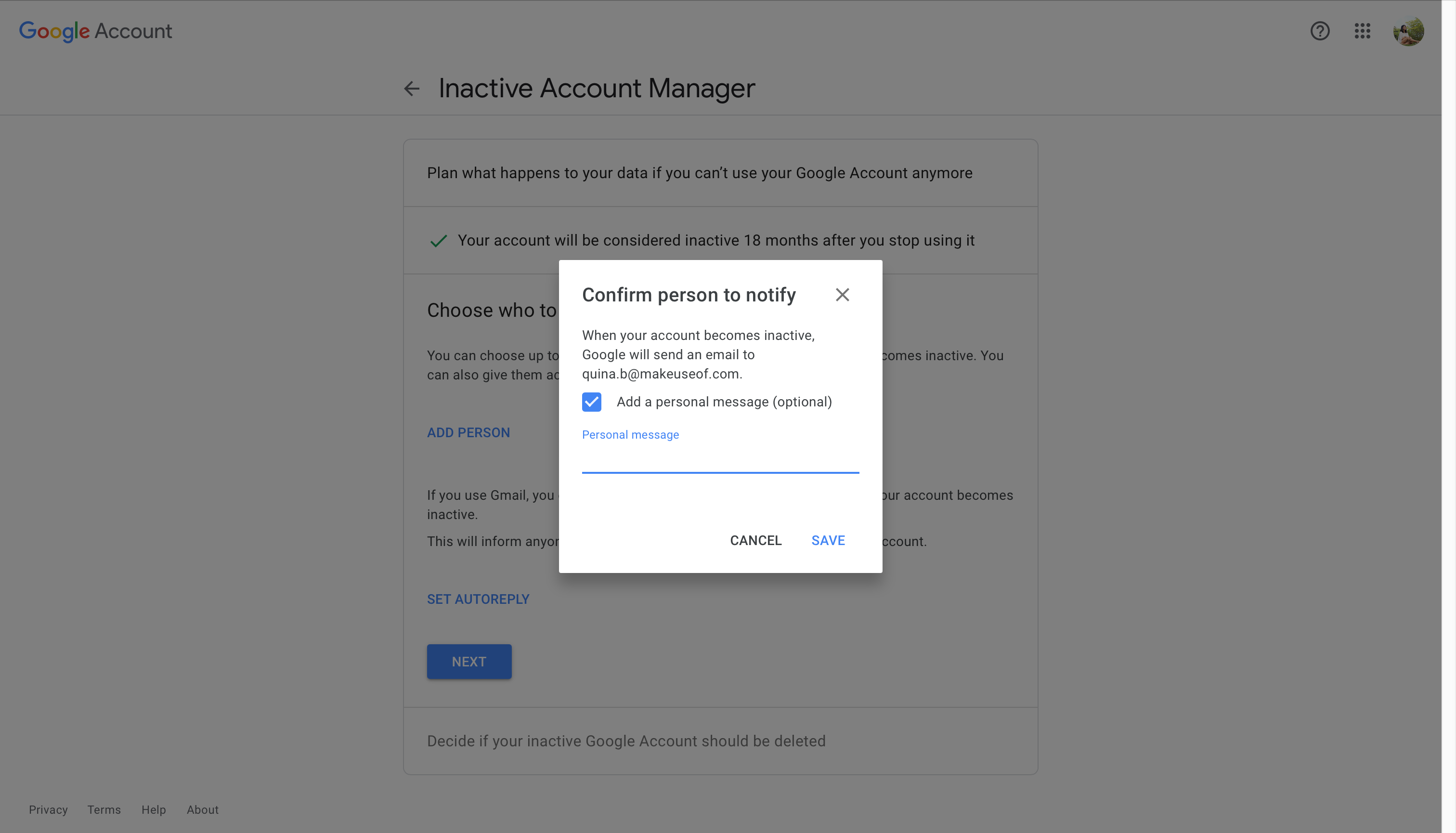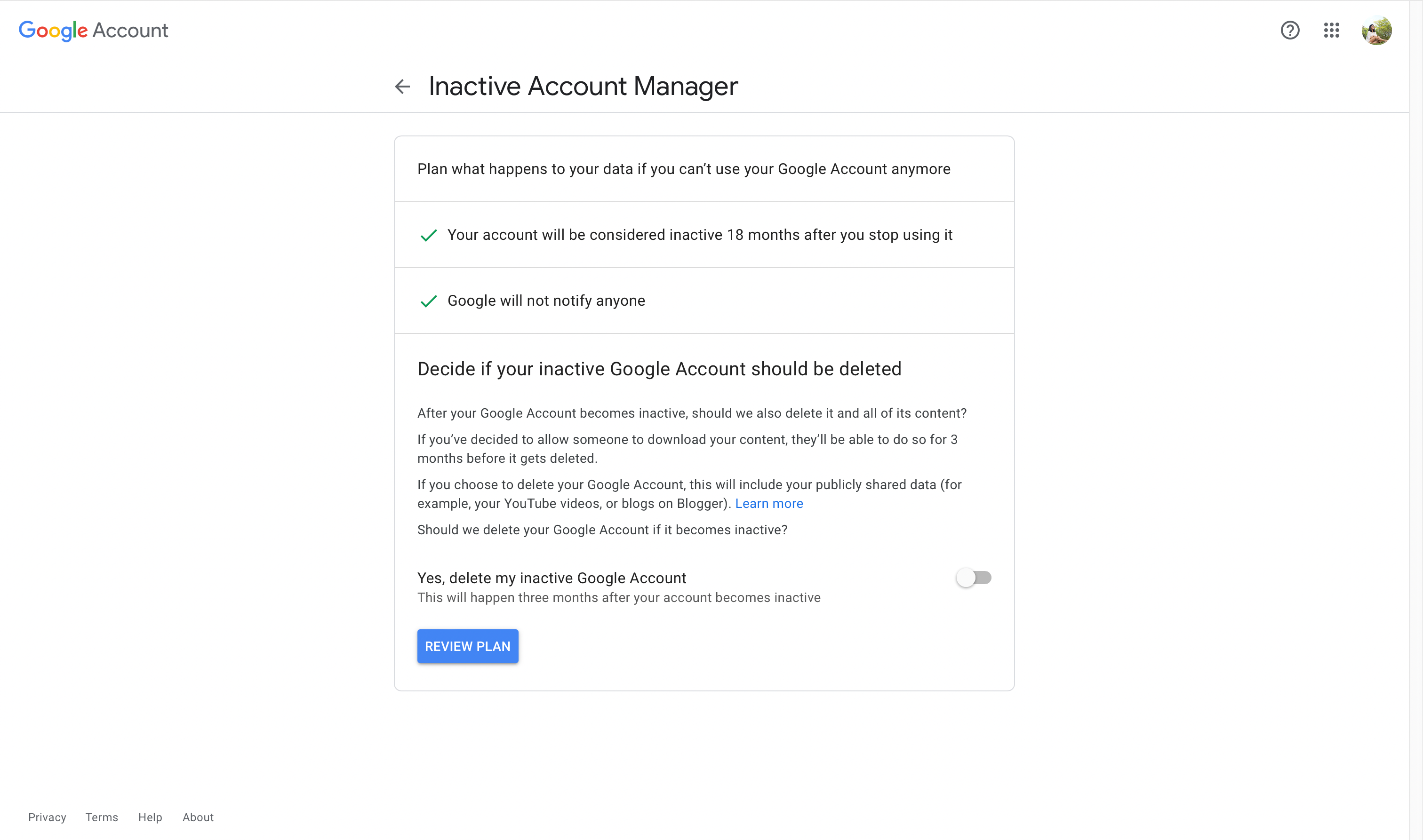By default, if you have not logged into to your Google Account for more than 24 months at a time, Google will suspect that you are no longer using your email address.
Once Google suspects you are inactive, it will use your alternative contact information, such as mobile phone number and linked email addresses, to get in touch. Afterward, Google will delete content like emails, files, pictures, and so on.
However, right before it deletes your contact, Google will notify your Inactive Account Manager first. But, what is an Inactive Account Manager on Google, and how do you select one?
What Is an Inactive Account Manager on Google?
Depending on how much permission you've given, the Inactive Account Manager serves as a secondary account that can access parts of your Google data. This data includes photos, documents, and public content such as YouTube videos.
Best for people who have terminal illnesses, have risky jobs, or people who want to be prepared in case they are incapacitated, setting an Inactive Account Manager can reduce the risk of losing important data due to account inactivity.
Through Google, your Inactive Account Manager will be time to download your data before it gets wiped. Or, if you've selected this option, before your entire Google Account is deleted. But, what kind of data can Inactive Account Managers access?
What Data Can Inactive Account Managers Access on Your Google Account?
If you're wondering what kind of data an Inactive Account Manager can view, they can access everything linked to your Google account. This includes Business Profile, Chat, Cloud Search, Pay, Photos, Shopping, Calendar, and more.
In addition, they will have access to your Google Play such as Books, Games Services, Movies & TV, and Store.
For those who stay logged into their Google Account across devices, the Inactive Account Manager can also have access to your access log activity, Chrome, contacts, Drive, Mail, and location history.
As for content creators, YouTube and YouTube Music are also included in the list of apps which has data that can be turned over to your manager.
On top of the list above, Google Inactive Account Managers can access more information–basically, everything. So, who should you choose to be your Inactive Account Manager for your Google Account?
Who Should You Choose to Be an Inactive Account Manager on Google?
When selecting an Inactive Account Manager on Google, be sure to pick someone whom you would trust with the same information in-person.
With Google, you can select up to 10 trustees with varying access to your account. Using the Inactive Account Manager feature, you can decide which contacts will be able to access different parts of your Google Account.
For example, you can give a close family member access to your Google Photos so that they can save all your personal pictures together. Alternatively, you can also ask friends to help remove embarrassing things before turning over access to your family, such as threads on Google Chat.
If you have a business email, you can ask your teammate to handle concerns, forward emails, or let clients know that you have passed respectfully. Should you have an estate planner, you can give them access to documents that can help them better execute your last will and testament.
On the other hand, if you are a public figure, you can give your manager access to your YouTube Account, so they can find a way to make sure the monetization earnings goes to the right people.
Once you have selected your Inactive Account Manager, it is best to ask them for permission before you make it official. You should also sort your Gmail account for easier viewing. After getting their consent, you can proceed to file it with Google.
Steps to File an Inactive Account Manager on Google
To nominate an Inactive Account Manager, follow these instructions:
-
Open your Google account settings.
- Click Data & Privacy.
-
Under More options, select Make a plan for your digital legacy.
- On the Inactive Account Manager page, you can personalize your legacy settings for your Google account.
-
Under Plan what happens to your data if you can't use your Google Account anymore, press Start.
- Choose an option between 3, 6, 12, or 18 months.
- Enter your alternative contact details, such as mobile number and email address.
- Press Next.
-
Click Add Person and type the email of the person you have selected to be an Inactive Account Manager. Their email address does not have to be a Gmail account.
-
Select how much of your Google account your Inactive Account Manager is allowed to access.
- If you trust this contact with your whole life, you may pick Select All before pressing Next.
- Should you only want them to have access to certain aspects of your Google account, you can manually check what you want to share before selecting Next.
-
To add an optional personal message to let them know your situation and what you'd like them to do with your Google Account, check the box next to Add a personal message (optional) before clicking Save.
-
Select Next.
- Should you want to delete your Google Account for good, you can toggle on the button next to Yes, delete my inactive Google Account. Once you select this, Google will delete your account automatically after three months of inactivity.
Choose How Much to Leave on Google Forever
While no one really wants to plan for their eventual demise or inability to make their own decisions, doing so can help those you have left behind. An Inactive Account Manager can help manage things like businesses, investments, and other things that require documentation hidden in your Google Account.
Alternatively, adding an Alternative Account Manager can also help you manage an account that you don't use as often. For example, if you have simply stopped operating a business or changed email addresses.
By choosing an inactive account manager, you can make it possible for people to keep what you want them to keep and lose forever what you would rather stay private.

